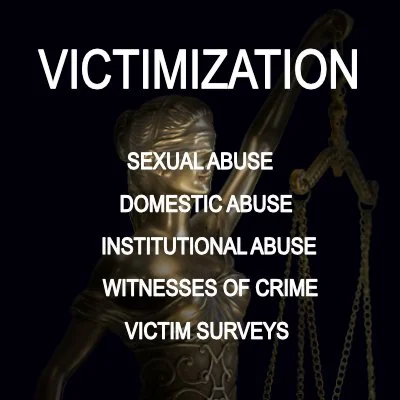By Nia Parson
Focus on Gendered Violence: The book explores the impact ofgendered violence, suffering, and care in Chile, particularly focusing onwomen's experiences of domestic violence.
Ethnographic Approach: The author uses life history narratives and ethnographic methods to provide a deep understanding of the women's experiences and the societal structures affecting them.
State and Non state Interventions: The book discusses the role of state and non state actors in addressing domestic violence and the challenges women face in seeking help and justice.
Personal Stories: The narratives of women like Luz, Marisol, andJosefina highlight the personal and emotional aspects of their struggles and recoveries.
Vanderbilt University Press, 2013, 204 pages










